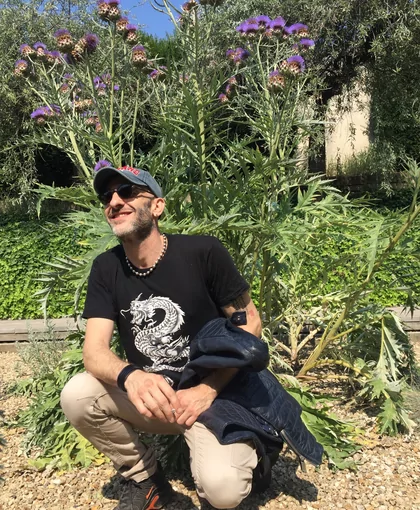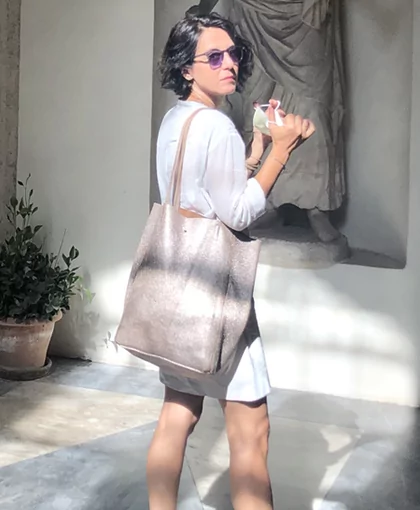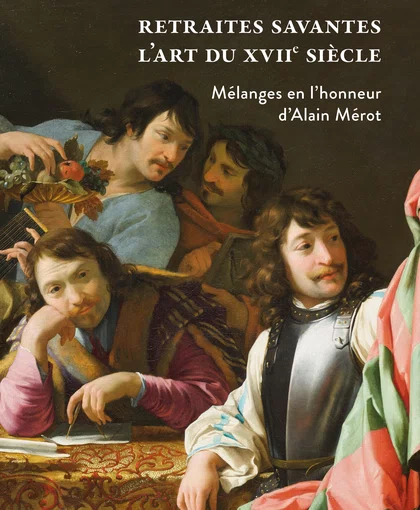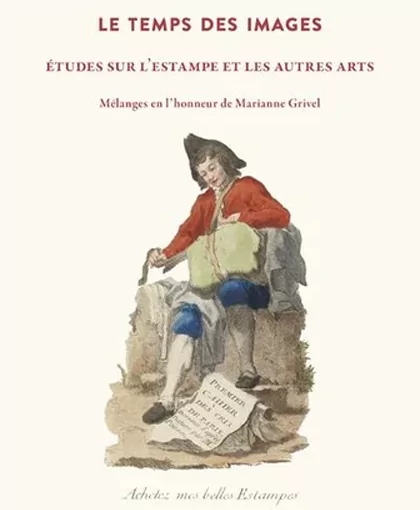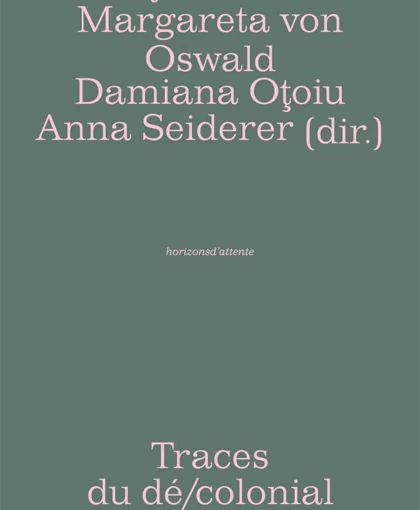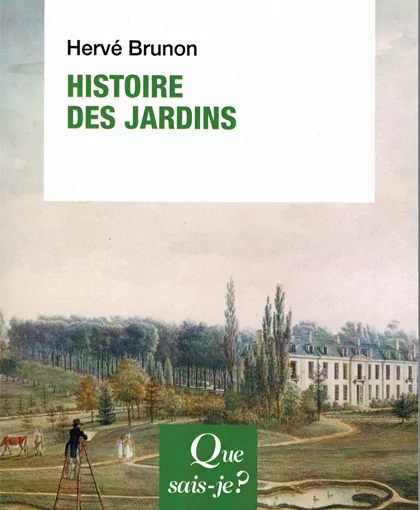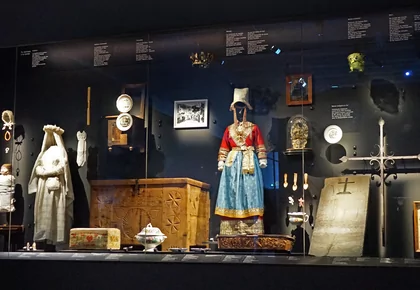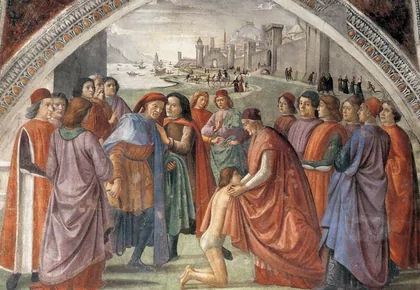Voir la Newsletter de janvier 2024 Pour vous abonner
6. Images, apparatus, places: epistemological, hermeneutical and anthropological issues
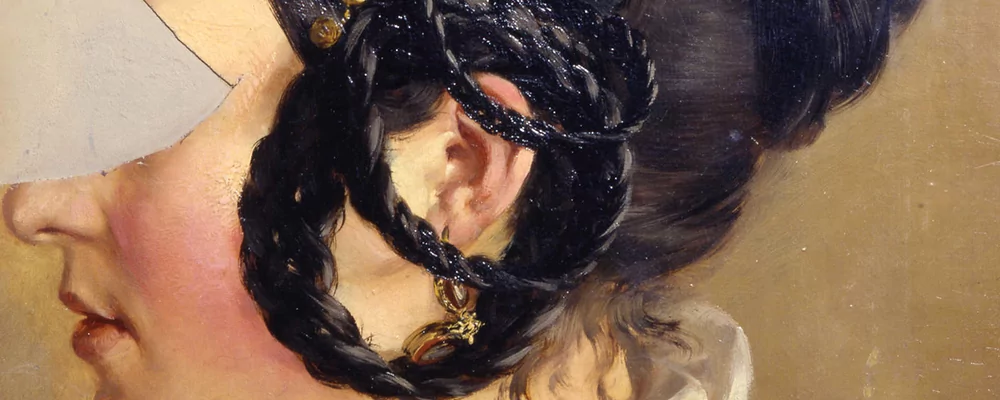
Portrait of a Woman (détail), Adolph Menzel, c. 1846 © Staatliche Museen zu Berlin, Nationalgalerie - Andres Kilge
Theme 6 brings researchers together, whose individual work and collective projects place the objects of study in a complex network of meanings, by crossing hermeneutical, epistemological and anthropological approaches. Articulating theory, art history and visual culture, this strongly transdisciplinary positioning is based on the use and adaptation of analytical tools, methods and knowledge from the human, social and cognitive sciences.
